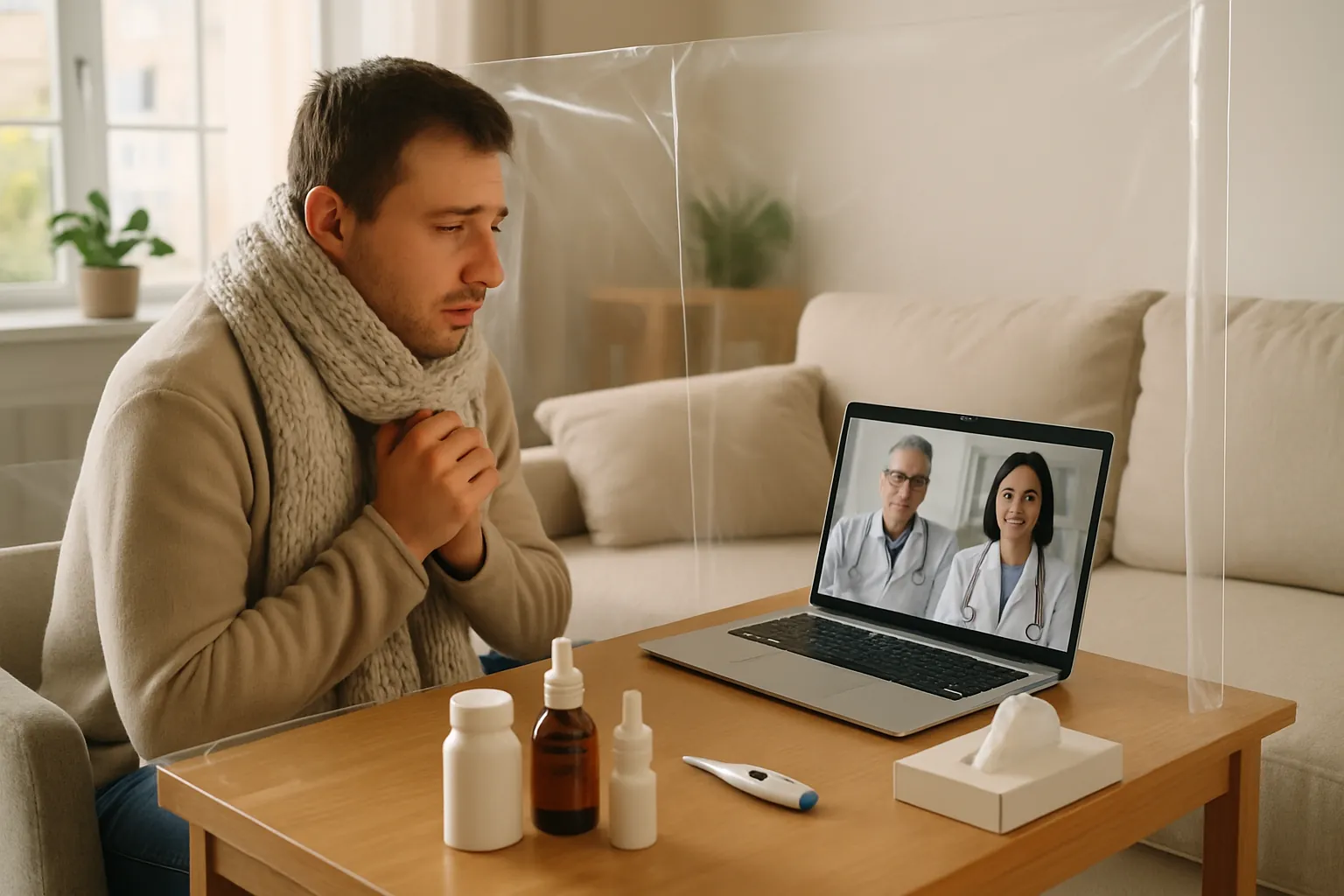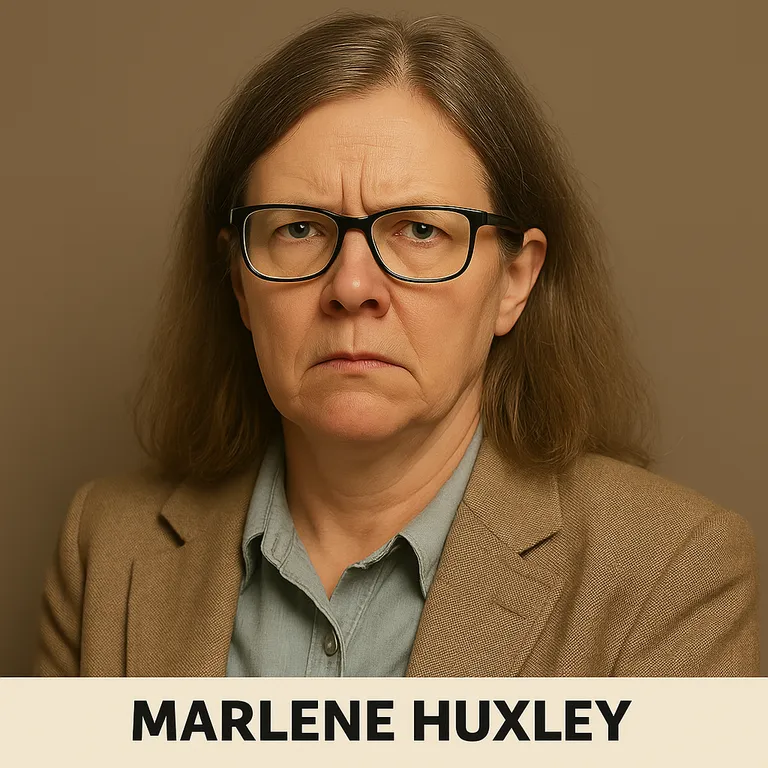The quiet calm of Whatcom County has been pierced by a solitary cough—one infected adult, recently returned from an overseas cruise, now stands at the epicenter of what officials warn could become a region-wide contagion drama. While the patient recuperates at home, the county’s disease detectives are scrambling across schoolyards, retirement centers, and grocery aisles, hunting for the faintest trace of the virus’s invisible footprint. The stakes, they insist, are existential: if this single case slips the net, a full re-litigation of the county’s vaccination record could follow, threatening budgets, reputations, and the social covenant that keeps neighbors shaking hands.
Patient Zero And The Panic Equation
In an otherwise ordinary suburban cul-de-sac, the individual health officials politely call “the index case” is quarantined behind a bedroom door festooned with biohazard tape. Every cough is now a countywide alarm bell. Dr. Nadia Loring, chief epidemiologist, warns that the virus “travels faster than gossip and lands with twice the sting.” The Department of Health’s contact-tracing team spent the weekend mapping the patient’s movements—down to a 90-second stop at a gas-station soda fountain—knitting together a web of potential exposures stretching from Bellingham’s waterfront cafés to a rural dairy farm 40 miles east.
“One undetected sneeze on Main Street could rewrite our summer,” Loring cautioned at Monday’s emergency press briefing.
The last countywide mumps scare in 2018 barely left a dent, thanks to high vaccination compliance. But public health veterans fear complacency has crept in. According to Washington State Department of Health data, local MMR coverage in certain school clusters dipped to 89% during the pandemic—a critical slippage from the 95% threshold required for herd immunity. In a community that prides itself on wellness culture and mountain-fresh air, those numbers are treated like a betrayal.
Complicating matters, recent possible mumps exposures inside three Washington prisons—in Stafford Creek, Clallam Bay, and Washington Corrections Center—have primed statewide nerves. A surge of cross-county prison staff commutes means “viral freeways” already exist, warns Dr. Terrence Ikeda, a visiting CDC field officer flown in Sunday night.
From Cruise Cabin To County Crisis Desk
What began aboard a luxury cruise liner—where the patient reportedly enjoyed salsa lessons and bottomless brunches—has ricocheted into a full-scale bureaucratic siege. The county’s Public Health Emergency Operations Center lit up like NORAD on missile watch, reactivating dormant pandemic email chains and dusting off quarantine protocol binders last opened during the 2022 measles scare. Technicians in neon vests processed swabs through the night as the phone bank fielded calls from panicked residents convinced their sore throats were harbingers of doom.
“This isn’t just a bump in the road—it’s a stress test for our entire health infrastructure,” said County Executive Marta Chavez, her voice echoing through a packed chamber where every seat held a bottle of hand sanitizer.
The anxiety is contagious: pharmacies report a 300% run on MMR boosters, and pediatric clinics have extended weekend hours. Associated Press coverage of Washington’s 2024 mumps surge still looms large in public memory, amplifying local dread. Meanwhile, budget hawks question whether emergency overtime and vaccine pop-ups can be sustained if more cases emerge.
Even local businesses have entered DEFCON 2. A downtown café now touts “immunity smoothies,” while the county fairground’s barn dance has been postponed until “further serological notice.” And yet, health officials insist that the most powerful weapon remains the humble MMR shot—two doses, 97% efficacy, the viral equivalent of a steel door. They need residents to walk through it.

The Vaccination Verdict And The Political Fault Line
As the epidemiological chess match unfolds, a parallel skirmish rages in school board meetings and neighborhood listservs. Vaccination status has morphed into a badge of civic allegiance. At Birchwood Elementary, parents traded barbed testimonies until the superintendent cut the microphone feed. Across town, a coalition of family physicians released an open letter branding mumps “the Trojan horse that exposes our collective apathy.”
“If we can’t rally around a proven vaccine, what hope do we have when deadlier pathogens arrive?” thundered Dr. Helen Moser, a pediatrician who has practiced in the county for four decades.
The debate bleeds into policy. County councilors are considering an emergency ordinance that would require proof of MMR vaccination for enrollment in county-run summer camps. Civil-liberties advocates vow to sue. Meanwhile, local employers explore incentive programs—extra vacation days, grocery gift cards—for staff who update immunizations. Even farmers’ markets contemplate “vaccinated vendor” decals to reassure skittish shoppers.
Statewide leaders watch closely. The Washington State Department of Corrections, still wrestling with its own potential cases, has offered surplus rapid-response nurses. The governor’s office, remembering last year’s legislative gridlock over measles funding, hints at a special session if Whatcom’s numbers climb. “Mumps may be old-fashioned, but it’s testing the modern fabric of community trust,” an aide confides.
For now, the county pins its hopes on an all-out vaccination sprint and an army of clipboard-wielding tracers. Whether that proves enough to throttle the virus—or merely delay a broader reckoning—will be measured in incubation cycles of 25 days. And somewhere behind a closed bedroom door, one recovering traveler waits, unwittingly holding the county’s collective breath in their convalescing lungs.


